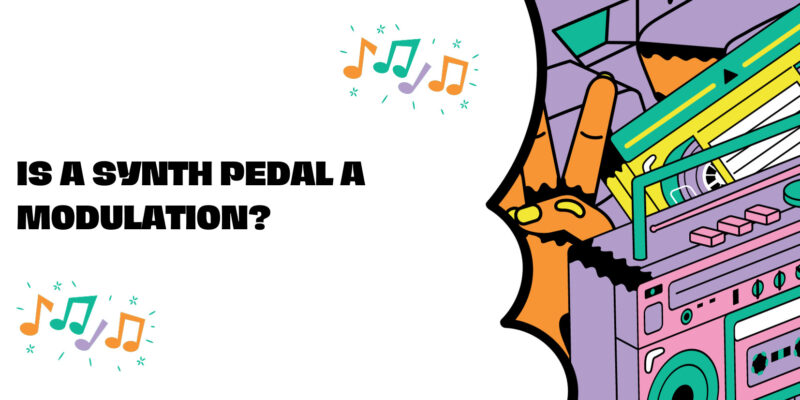In the world of musical effects and signal processing, synthesizer pedals, often referred to as synth pedals, are versatile tools that can dramatically alter the sound of musical instruments, particularly guitars and bass guitars. While the term “modulation” is commonly associated with effects like chorus, flanger, and phaser, it can also be used to describe the transformative capabilities of synth pedals. In this article, we will delve into the nature of synth pedals and whether they can be considered a form of modulation.
What Is a Synth Pedal?
A synth pedal is an effects pedal designed to transform the sound of a musical instrument, typically a guitar or bass guitar, into synth-like tones and textures. These pedals can produce a wide range of sounds, from classic analog synth tones to futuristic and experimental textures. Synth pedals are known for their ability to add depth, complexity, and sonic versatility to a musician’s arsenal.
Modulation Effects vs. Synth Pedals
Modulation effects, such as chorus, flanger, and phaser, typically operate by modulating certain aspects of an audio signal, like pitch, time delay, or phase, to create unique and spatially dynamic textures. These effects are often characterized by their cyclic, time-varying nature, which imparts movement and depth to the sound.
Synth pedals, on the other hand, work by transforming the original audio signal into entirely new sounds that often emulate the timbres and characteristics of synthesizers. While modulation effects alter specific parameters of the original signal, synth pedals go further by reshaping the entire sonic identity of the instrument.
Similarities to Modulation
Despite their distinct purpose, some synth pedals do incorporate modulation effects as part of their sound-shaping capabilities. For instance:
- Filter Modulation: Many synth pedals include filter modulation options that can sweep or modulate frequency bands within the synthesized sound. This modulation can create dynamic tonal changes and add movement to the synth-like textures.
- LFO (Low-Frequency Oscillator): Some synth pedals feature built-in LFOs, which are classic modulation sources. These LFOs can be used to modulate parameters like pitch, filter cutoff, or resonance, resulting in cyclic and evolving soundscapes.
- Envelopes: Envelopes are often used for modulating parameters in synth pedals. They control how certain aspects of the sound change over time, mimicking the behavior of real-world instruments or adding expressive dynamics.
Conclusion: Synth Pedals as Transformative Tools
While synth pedals can incorporate elements of modulation within their sound-shaping capabilities, they are not typically classified as modulation effects. Instead, they are best described as transformative tools that take the original audio signal from an instrument and reshape it into entirely new, synth-like textures. Synth pedals are prized for their ability to add sonic diversity, experimental potential, and creative versatility to a musician’s toolkit. Whether used in conjunction with modulation effects or as standalone devices, synth pedals offer a unique sonic playground for musicians and sound explorers alike.


